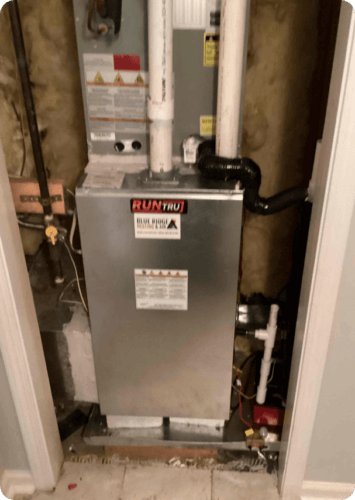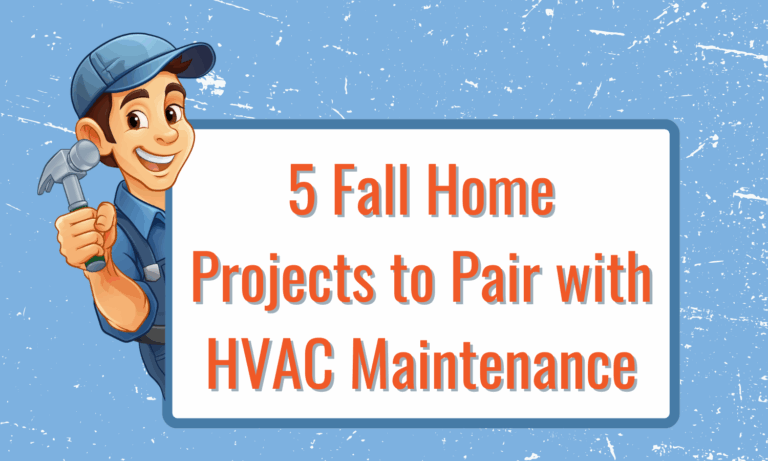Start Looking For The Signs of Decay
Your heating system is one of the most critical components of home comfort, ensuring warmth during chilly months. But like any major appliance, it won’t last forever. Waiting until it completely fails can leave you scrambling in the middle of winter—not an ideal scenario. So, when is the best time to replace your heating system? Let’s break it down.
Heating and Cooling Issues? Click Here!
How Long Does a Heating System Last?
On average, a well-maintained furnace or heat pump lasts between 15 to 20 years. However, several factors impact its lifespan:
✔ Regular maintenance – Systems that receive annual tune-ups last longer and run more efficiently.
✔ Usage intensity – A heating system that runs constantly in extreme temperatures may wear out faster.
✔ Installation quality – A properly installed system performs better and has fewer long-term issues.
✔ Type of system – Gas furnaces often outlast electric heat pumps, but newer heat pump models are built for longevity.
If your system is approaching 15 years or older, it’s time to start planning for a replacement rather than waiting for an emergency breakdown.
Signs It’s Time to Replace Your Heating System
✅ Your Energy Bills Are Rising – As heating systems age, they lose efficiency, forcing them to work harder and consume more energy to keep your home warm. If you notice higher energy bills without a change in weather or usage, your system may be past its prime.
✅ Frequent Repairs – If you’re constantly calling for repairs, the costs can add up quickly. A good rule of thumb? If repair costs exceed 50% of the price of a new system, replacement is the better long-term investment.
✅ Uneven Heating – Do some rooms feel warmer than others? Uneven heating is often caused by an aging or improperly sized system, ductwork issues, or system wear and tear.
✅ Strange Noises or Smells – Unusual sounds like rattling, banging, or buzzing could indicate failing components, while burning or musty odors might signal overheating parts or mold growth inside your system.
✅ Your System Still Uses an Outdated Refrigerant – If you have a heat pump or an older HVAC unit that still uses R-22 refrigerant, it’s time to upgrade. R-22 was phased out in 2020, making repairs costly and difficult.
✅ Your System Struggles to Keep Up – If your heating system runs constantly but still can’t reach the set temperature, it’s likely losing efficiency and nearing the end of its lifespan.
When Is the Best Time to Replace Your Heating System?
The best time to replace your heating system is during the off-season—spring or early fall. Here’s why:
✔ Lower Prices – HVAC companies are less busy during these months, meaning you’re more likely to find promotions or discounts on installation.
✔ Flexible Scheduling – Avoid the winter rush when HVAC companies are swamped with emergency repairs and replacements.
✔ Mild Weather – Replacing your system in mild temperatures ensures you won’t be left without heat during a cold snap.
While an emergency breakdown in winter may force you into an immediate replacement, planning ahead gives you more options and better pricing.
Benefits of Upgrading Your Heating System
🔹 Improved Energy Efficiency – Newer heating systems use less energy while providing better performance, leading to lower utility bills.
🔹 Consistent, Reliable Comfort – New systems provide more even heating, eliminating cold spots and keeping your home cozy.
🔹 Lower Repair Costs – Instead of patching up an aging system, a new unit eliminates frequent breakdowns and costly repairs.
🔹 Better Indoor Air Quality – A modern system reduces dust buildup, improves humidity control, and supports better air filtration.
🔹 Smart Technology Integration – Many new heating systems offer smart thermostat compatibility, allowing for customized temperature control and energy savings.
Read More: Who is the Best HVAC Service Provider in the Carolinas? Blue Ridge Heating and Air is!
Sneezing or Coughing? Click Here!
Final Thoughts: Don’t Wait for a Breakdown
If your heating system is showing signs of failure, the best time to replace it is before winter arrives. Upgrading now ensures a warm, efficient, and stress-free heating season without the panic of a mid-winter breakdown.

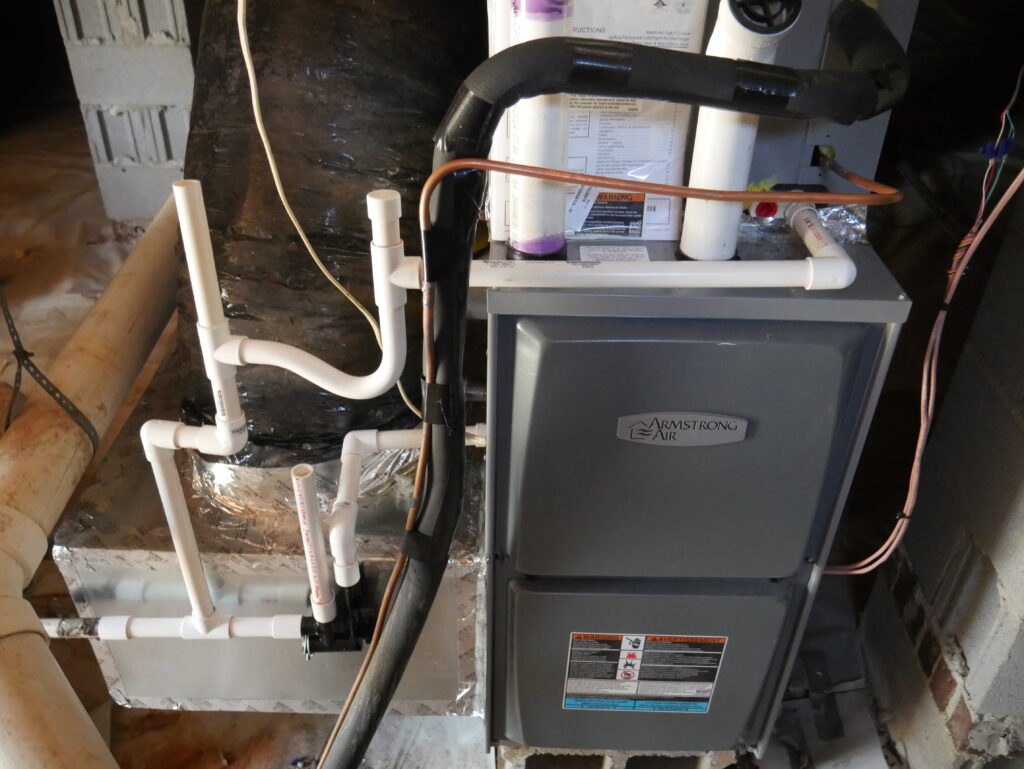
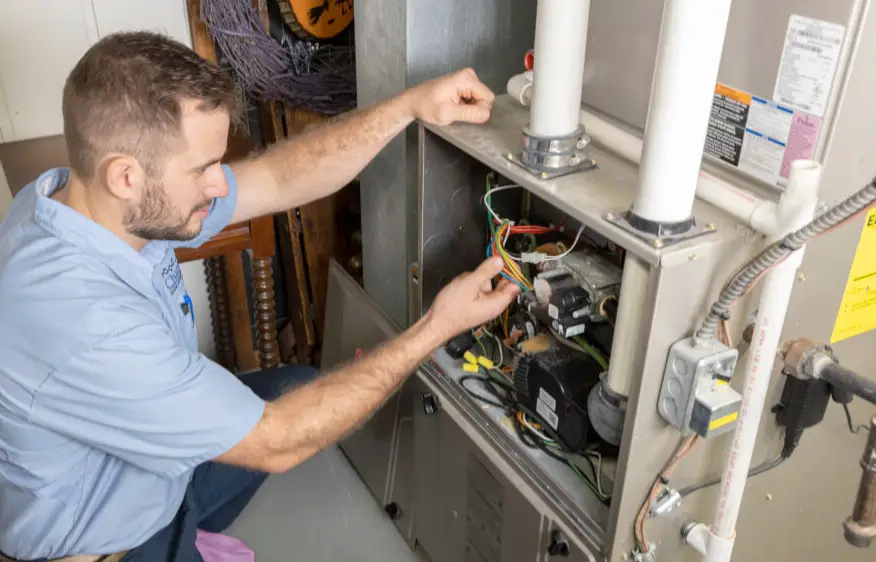
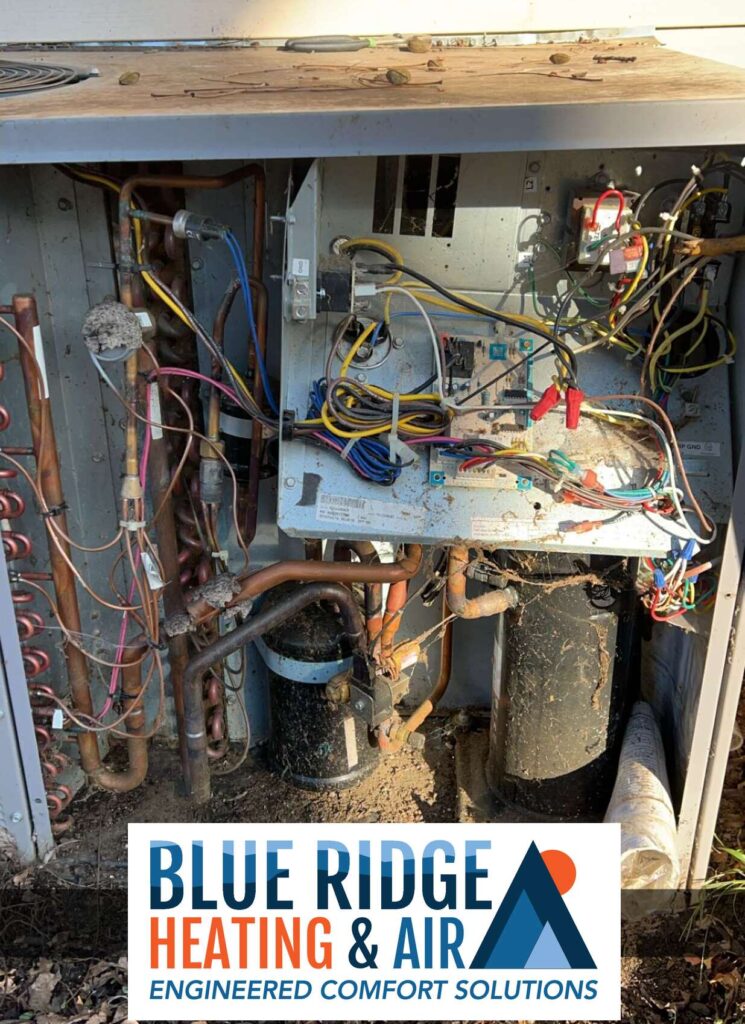
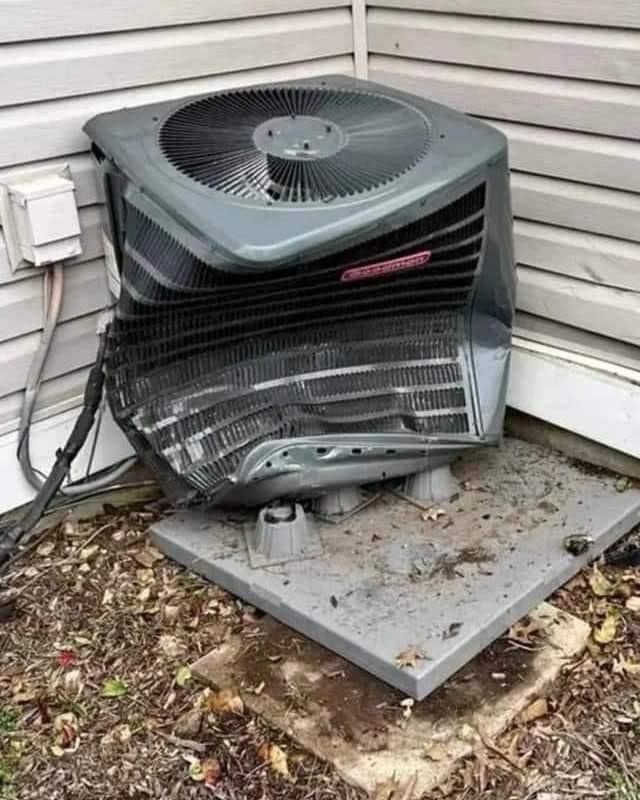
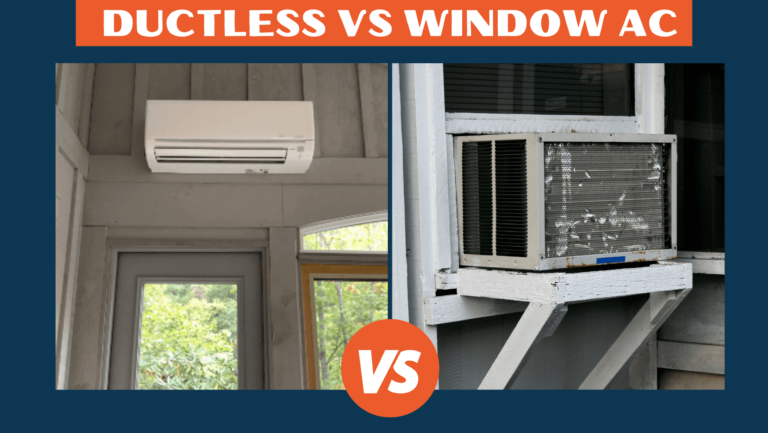
![How Do Heat Pumps Work in Winter? [2025 Ultimate Guide]](https://blueridgeheatingair.com/wp-content/uploads/2025/09/5-2-768x332.png)


